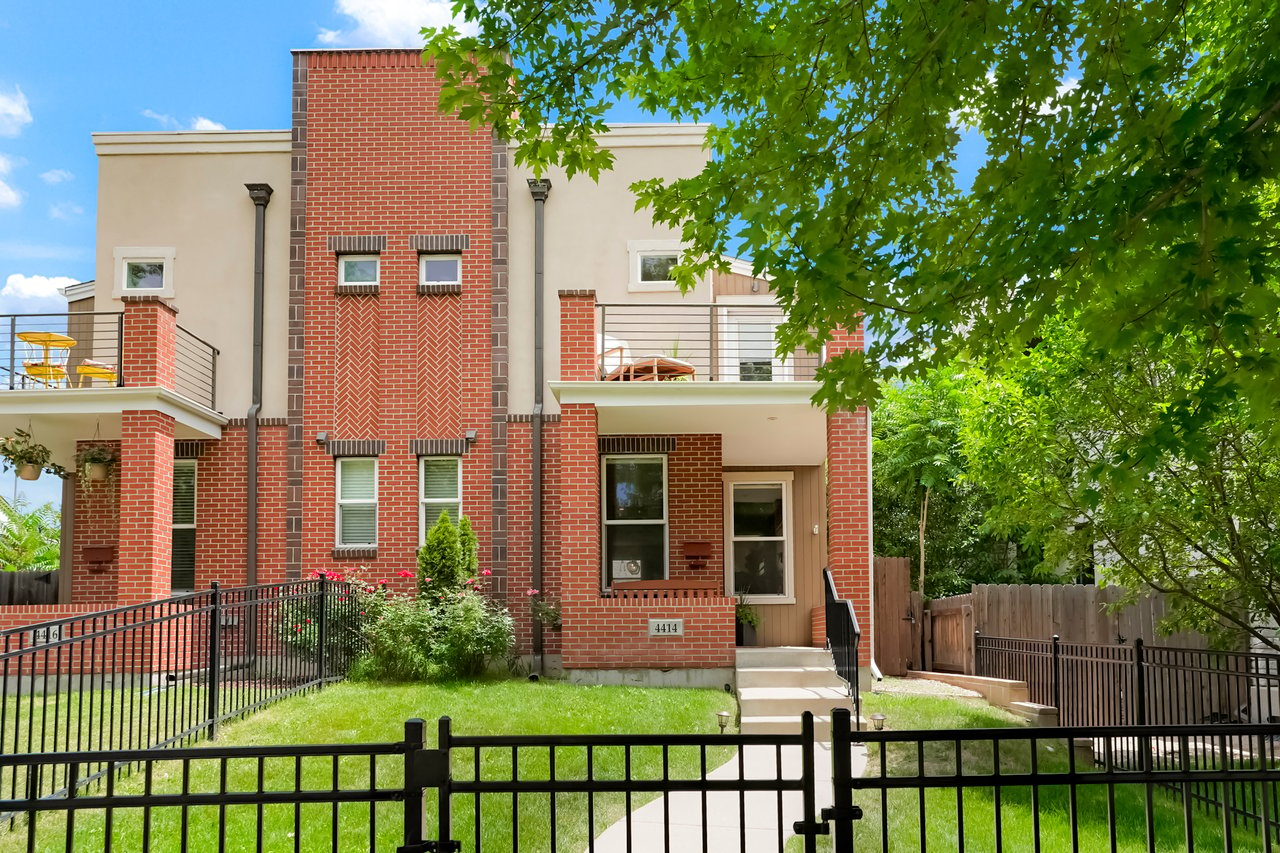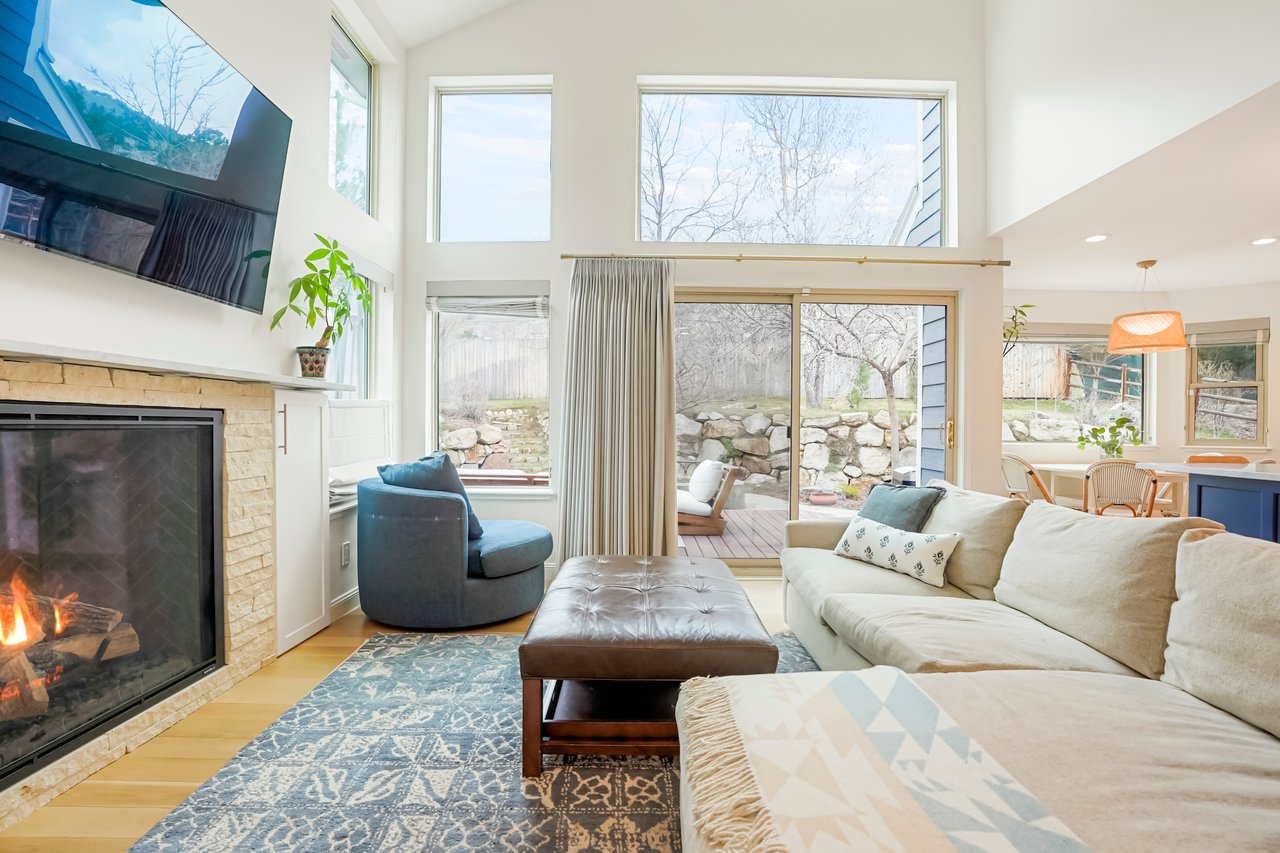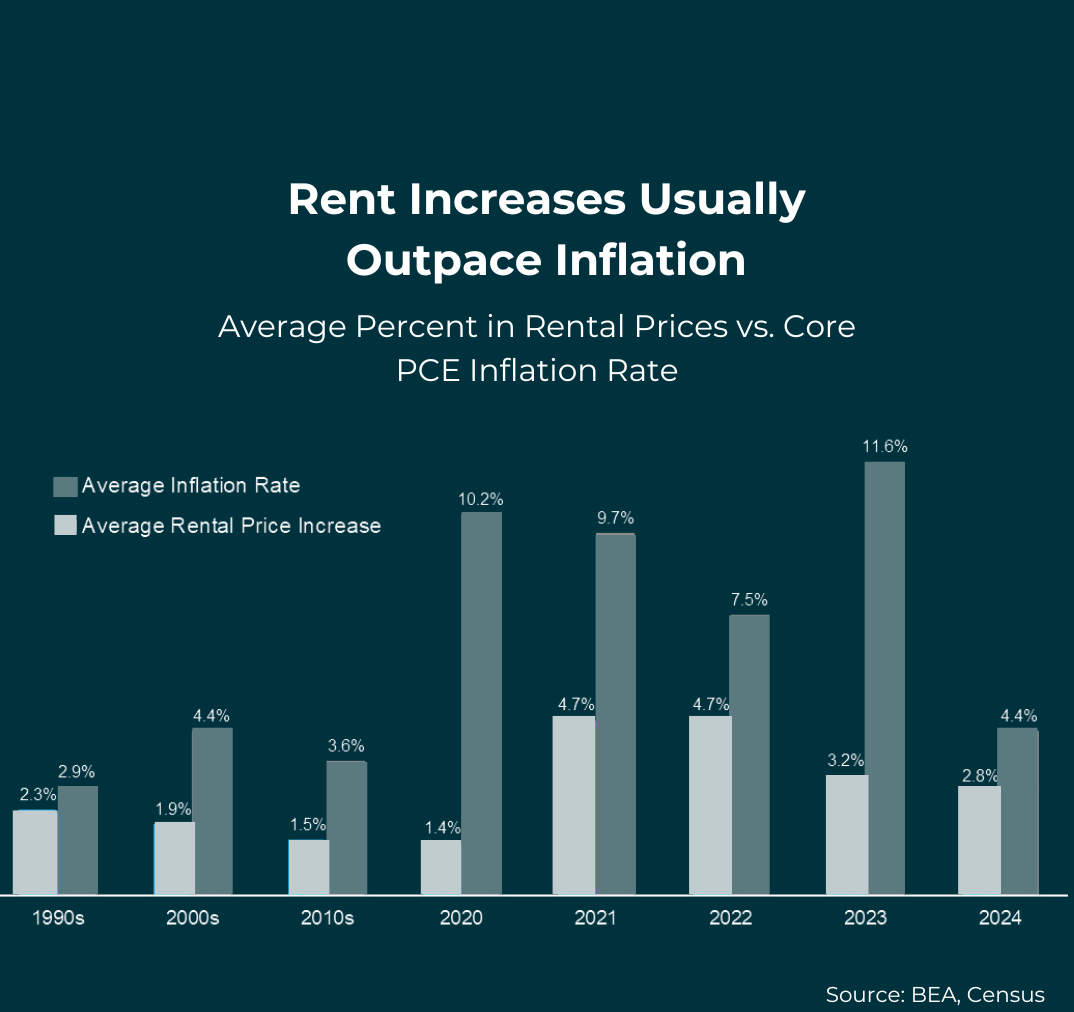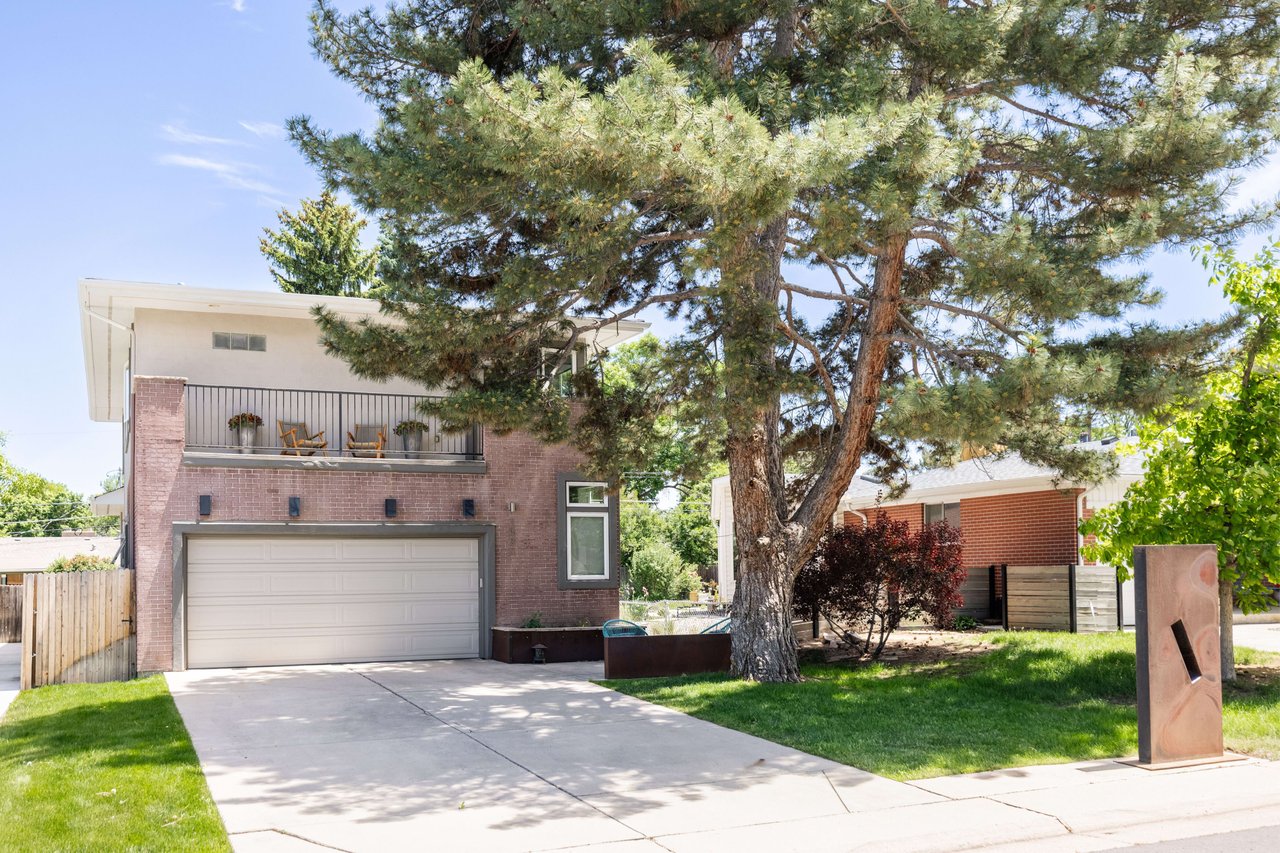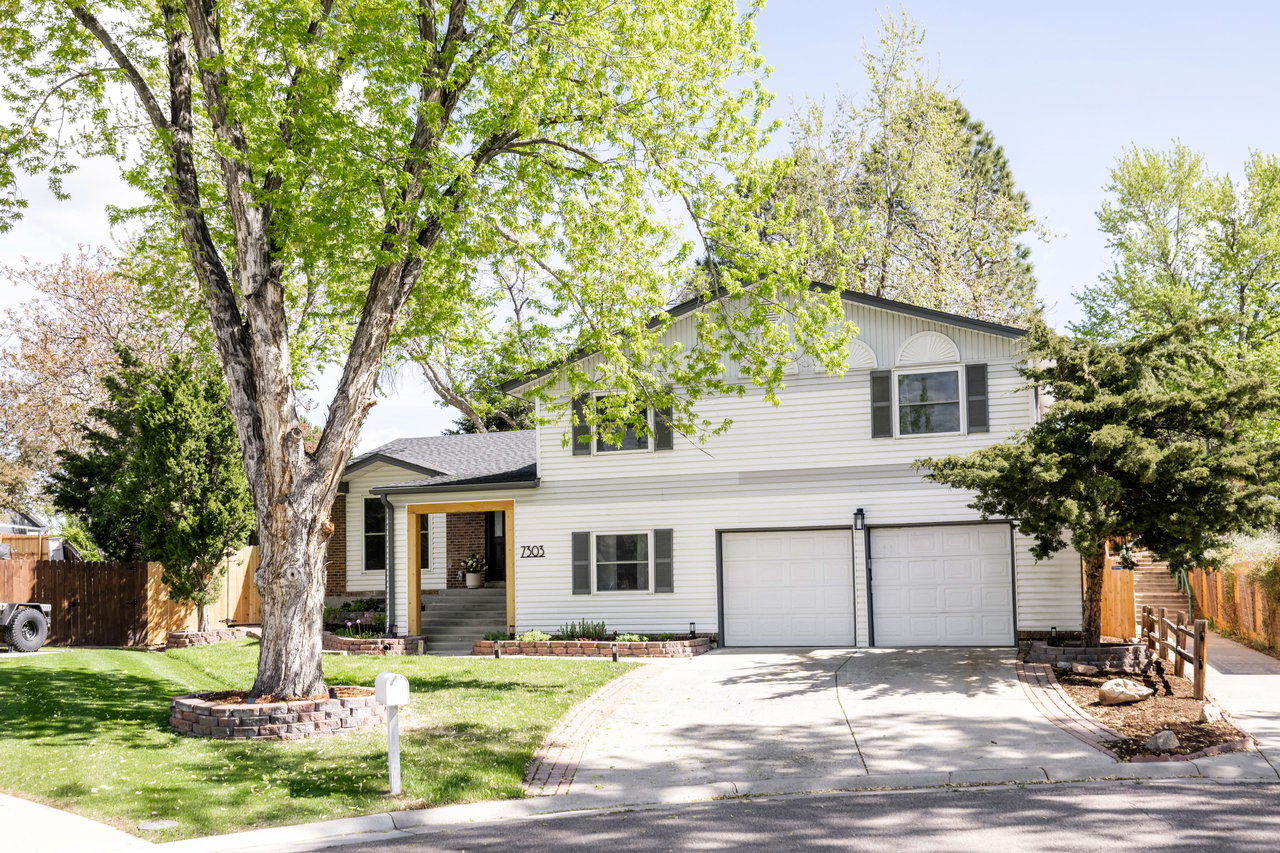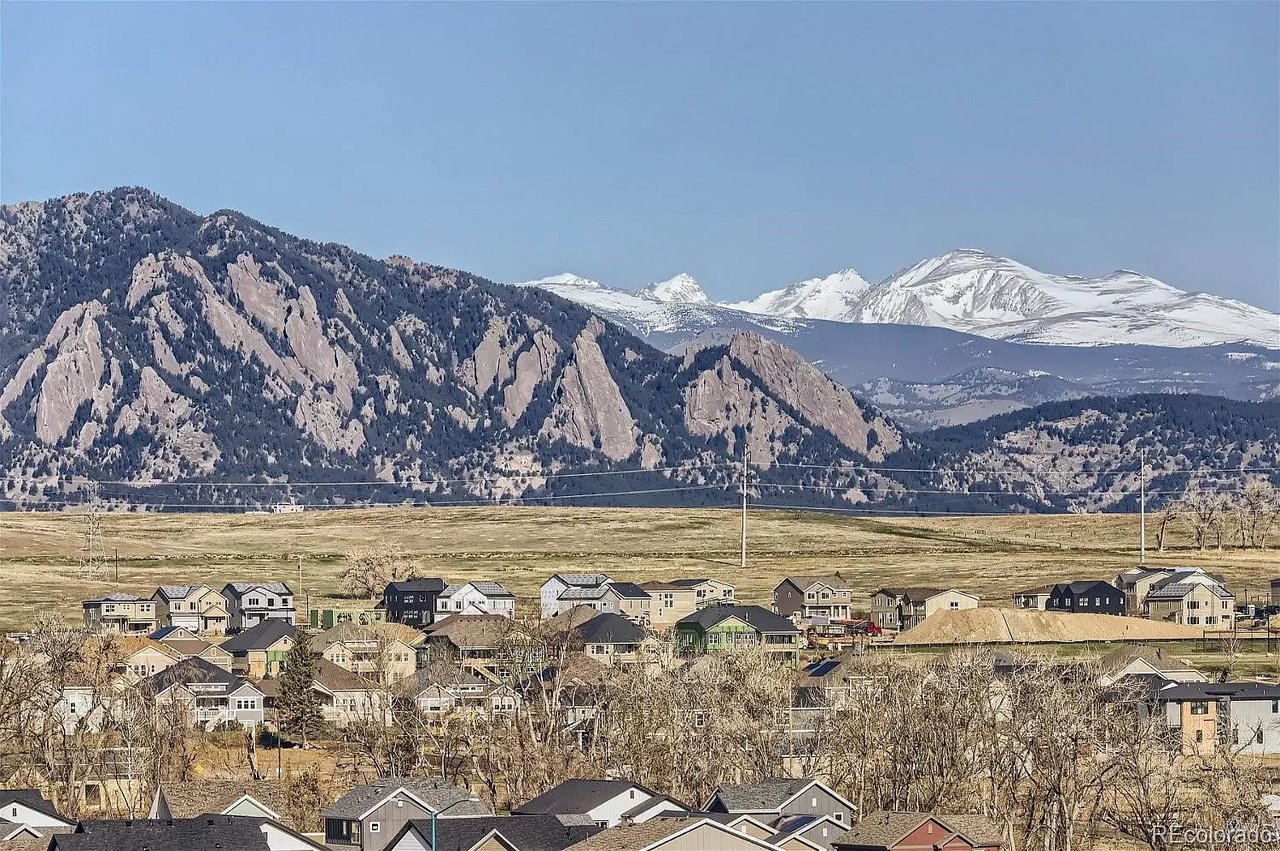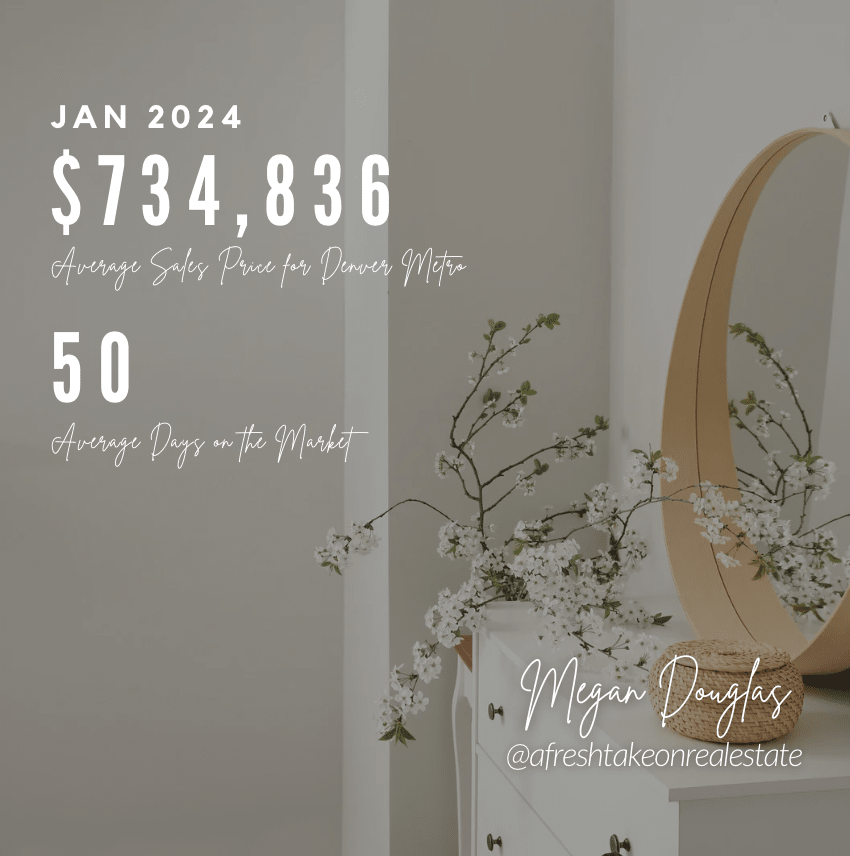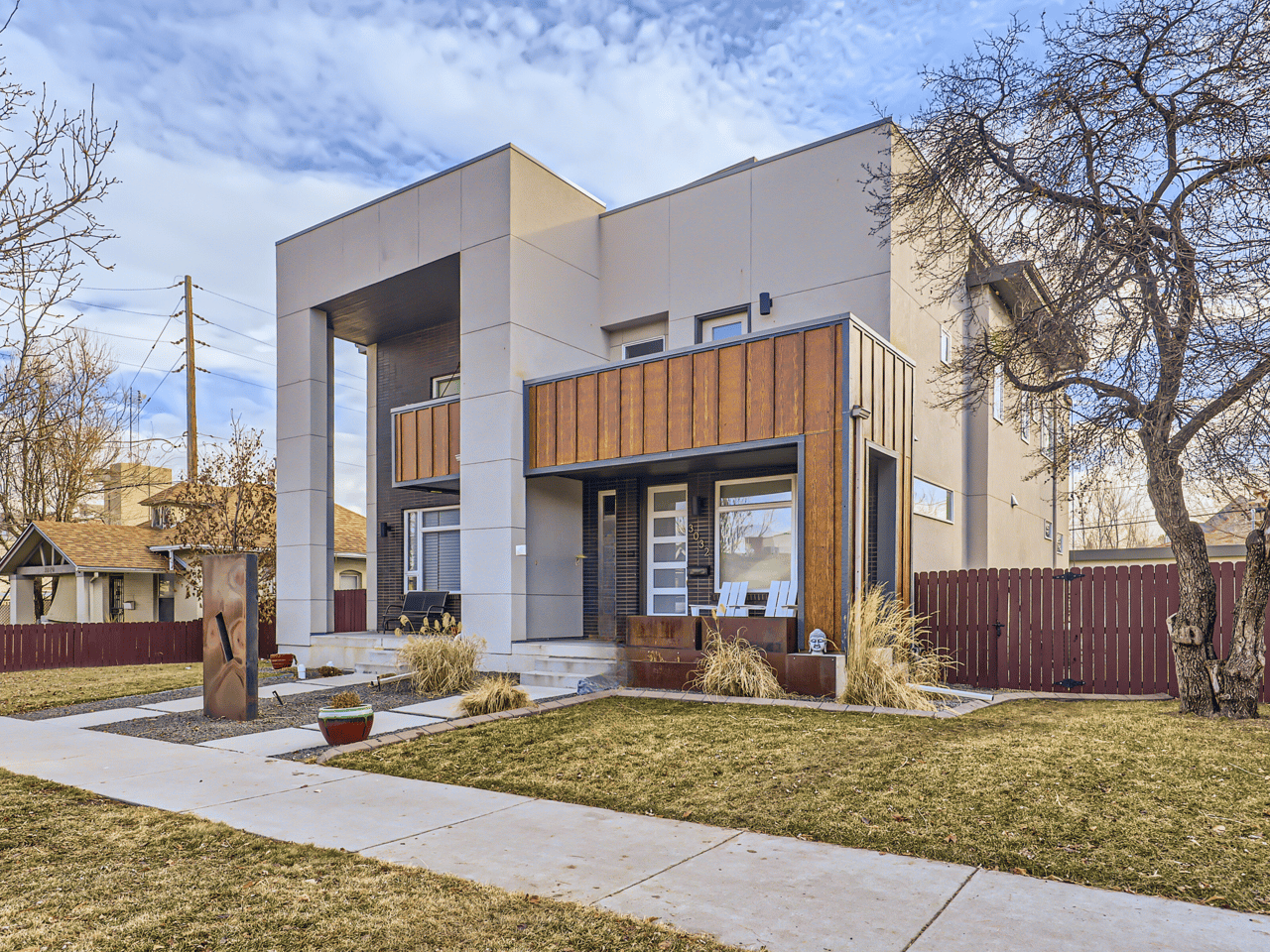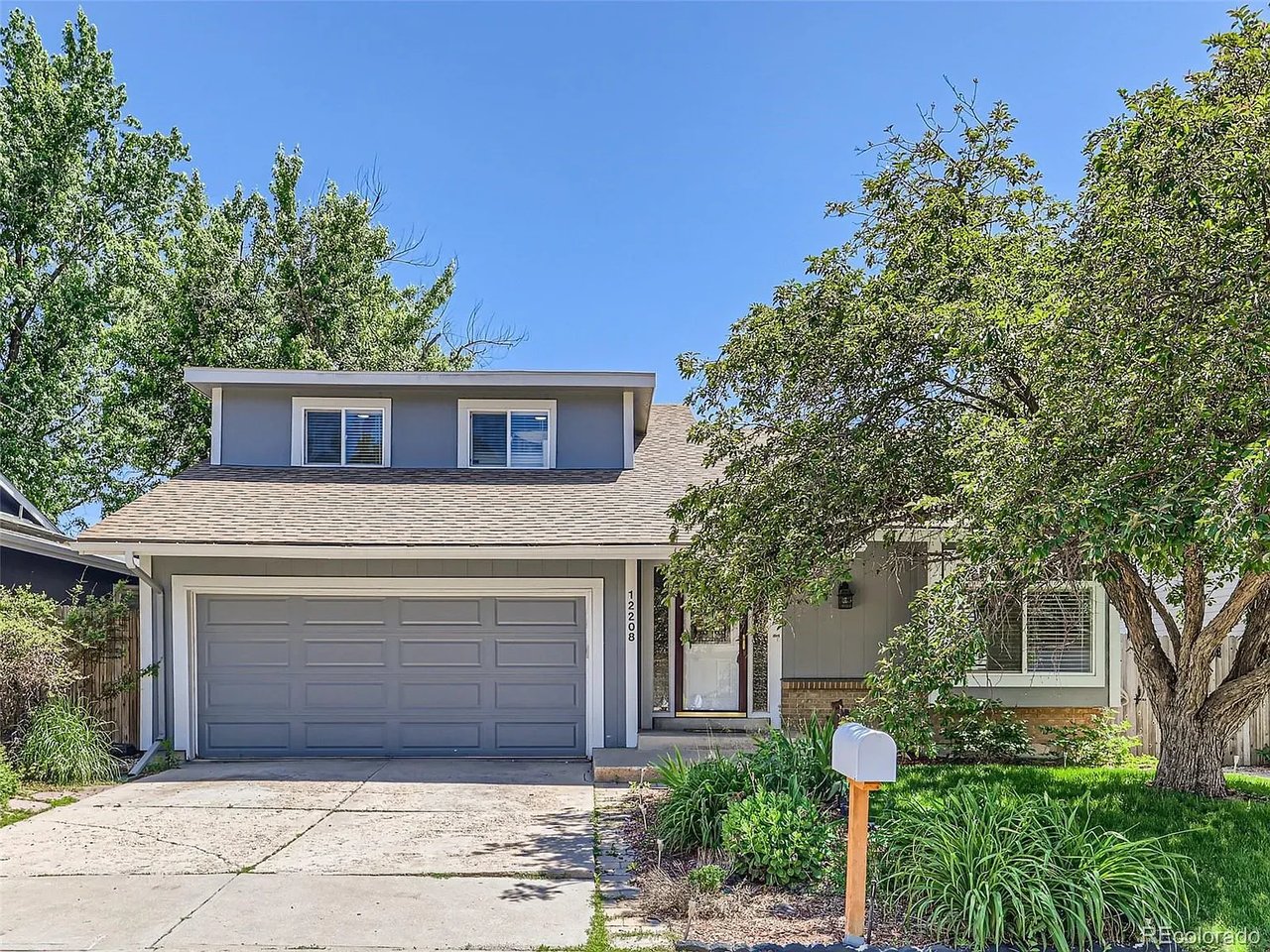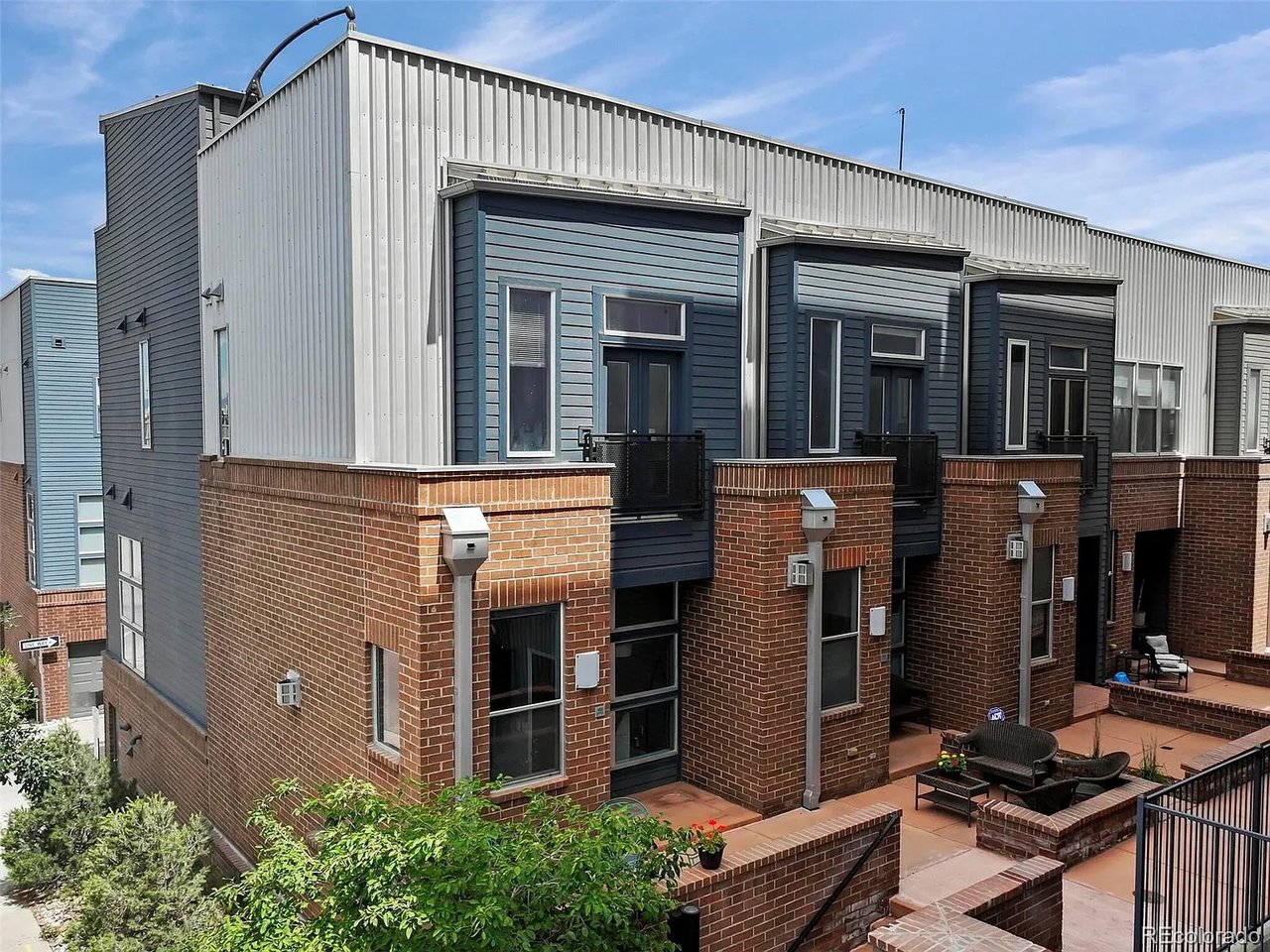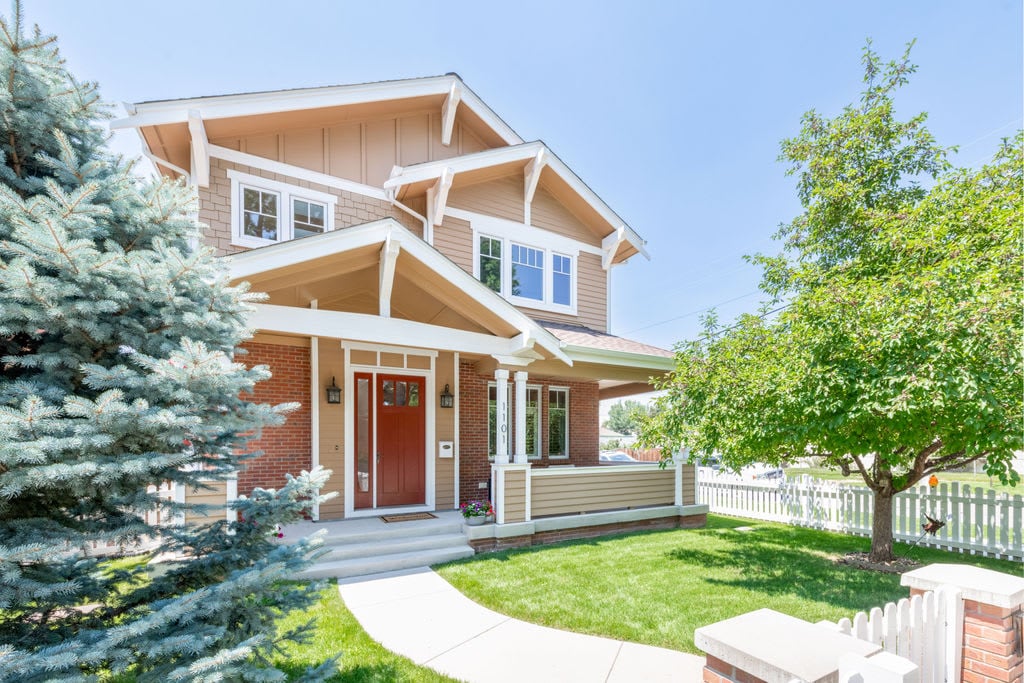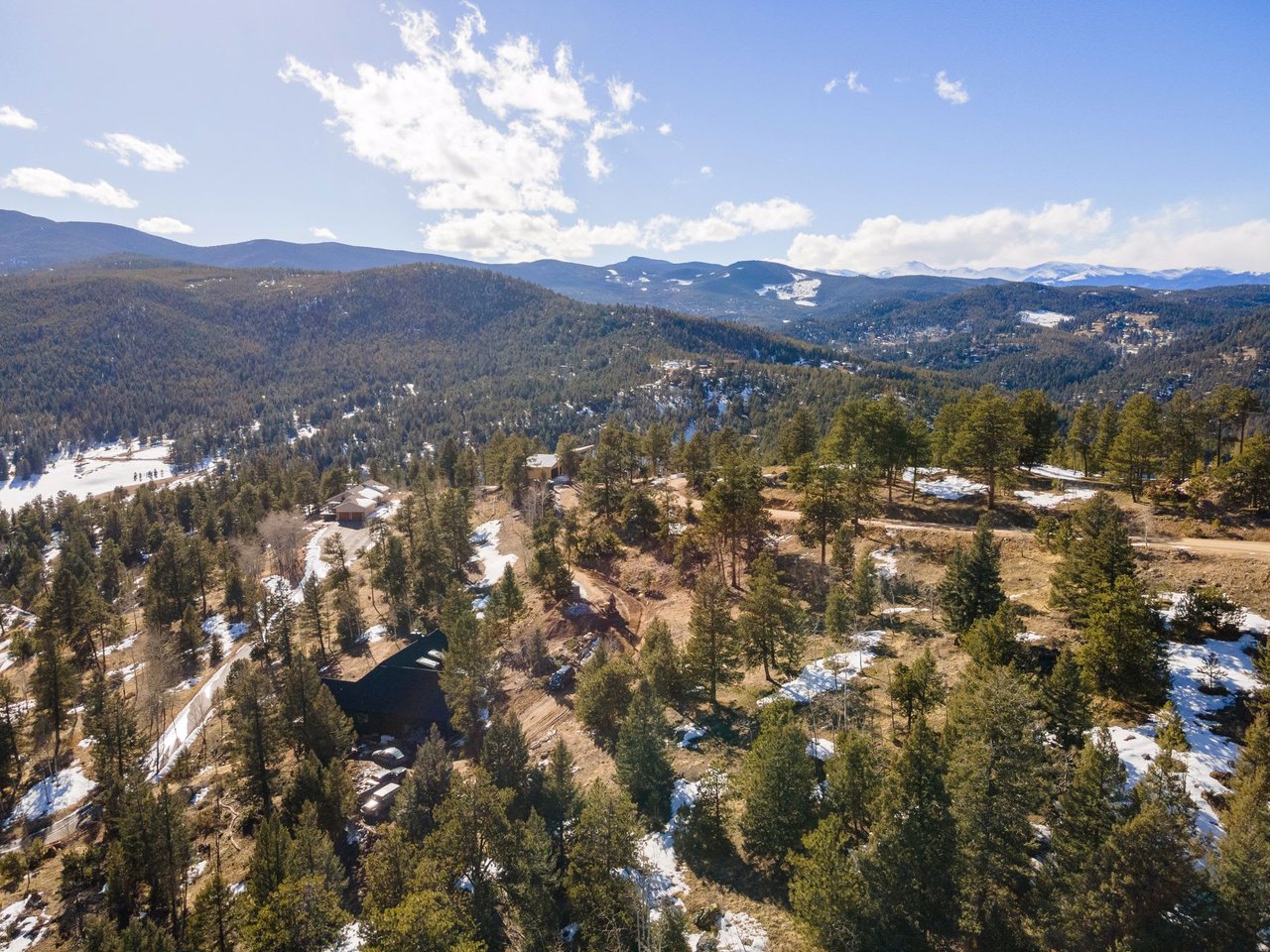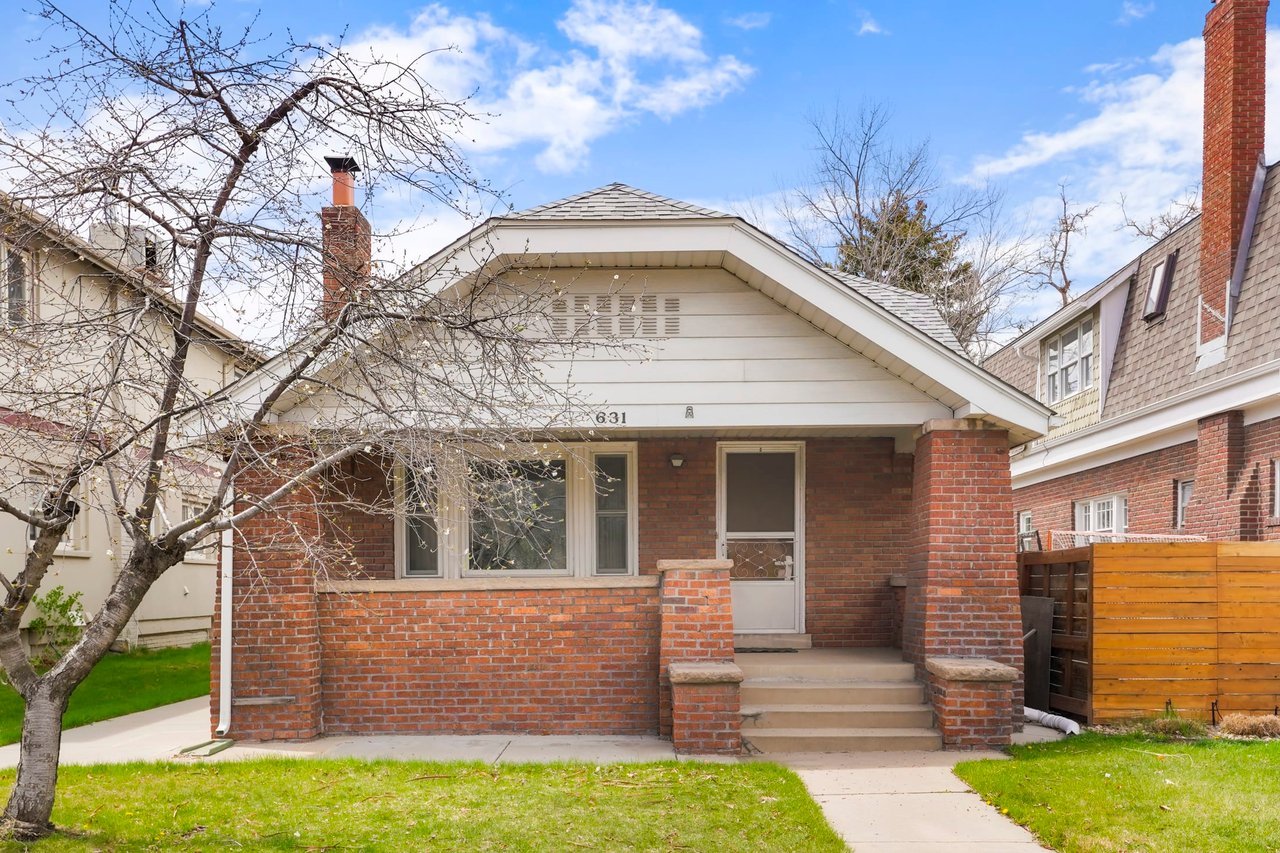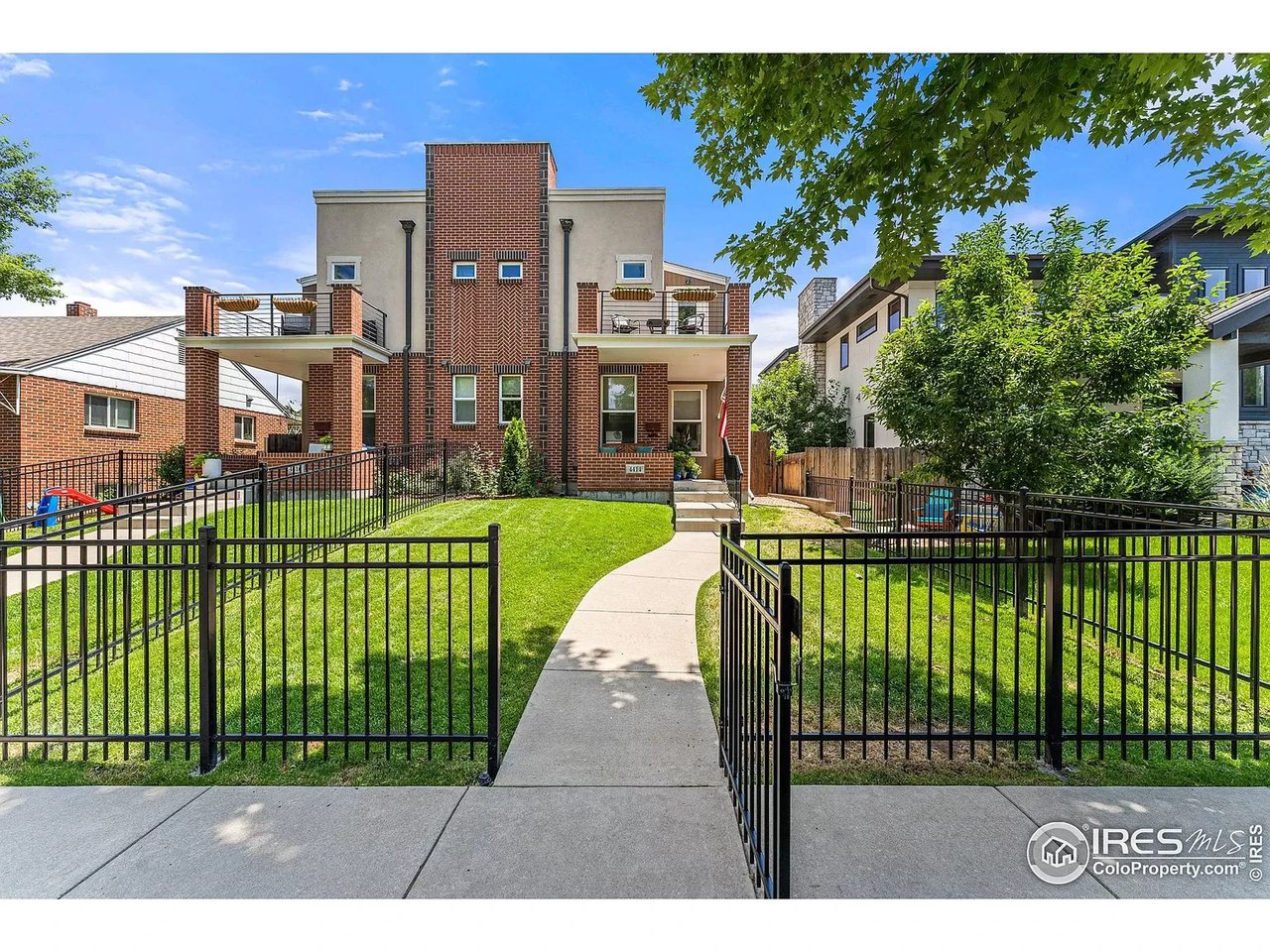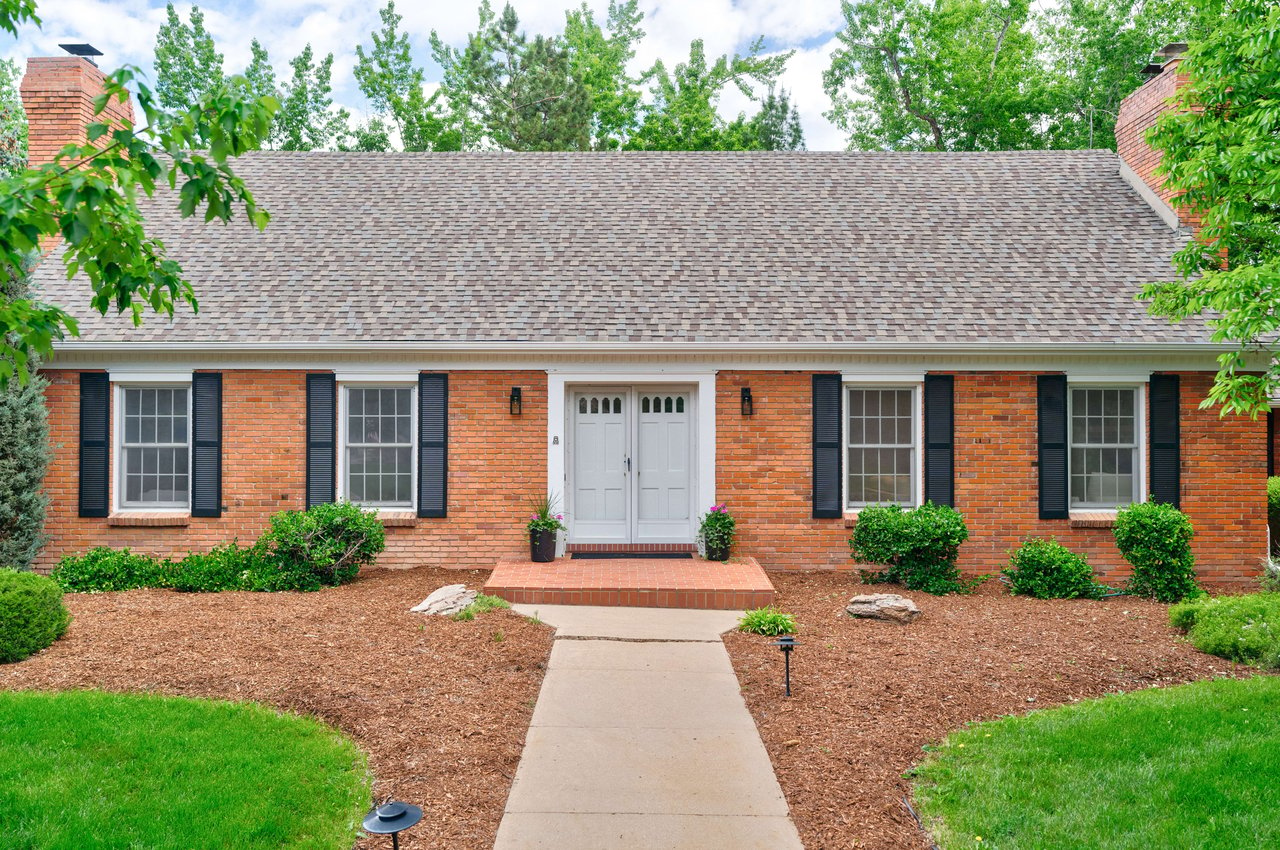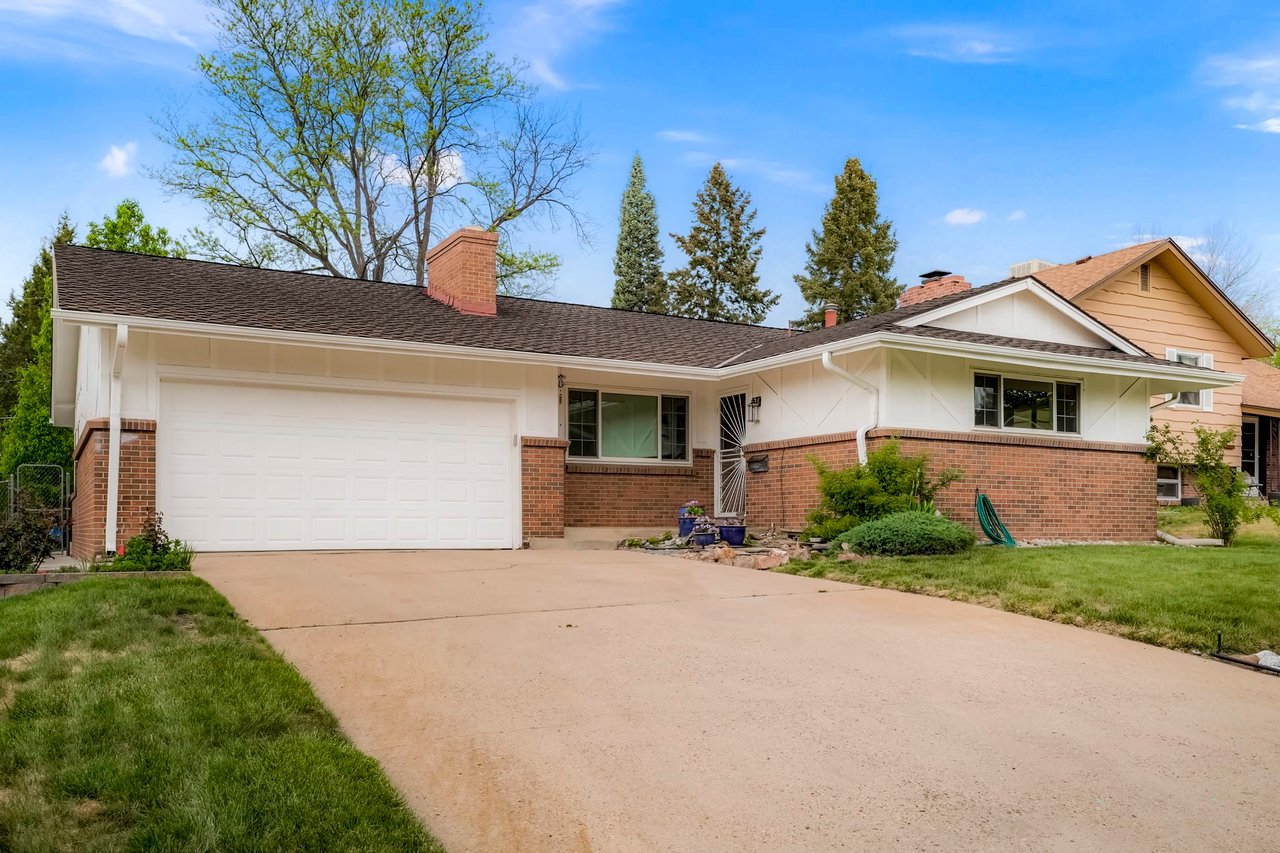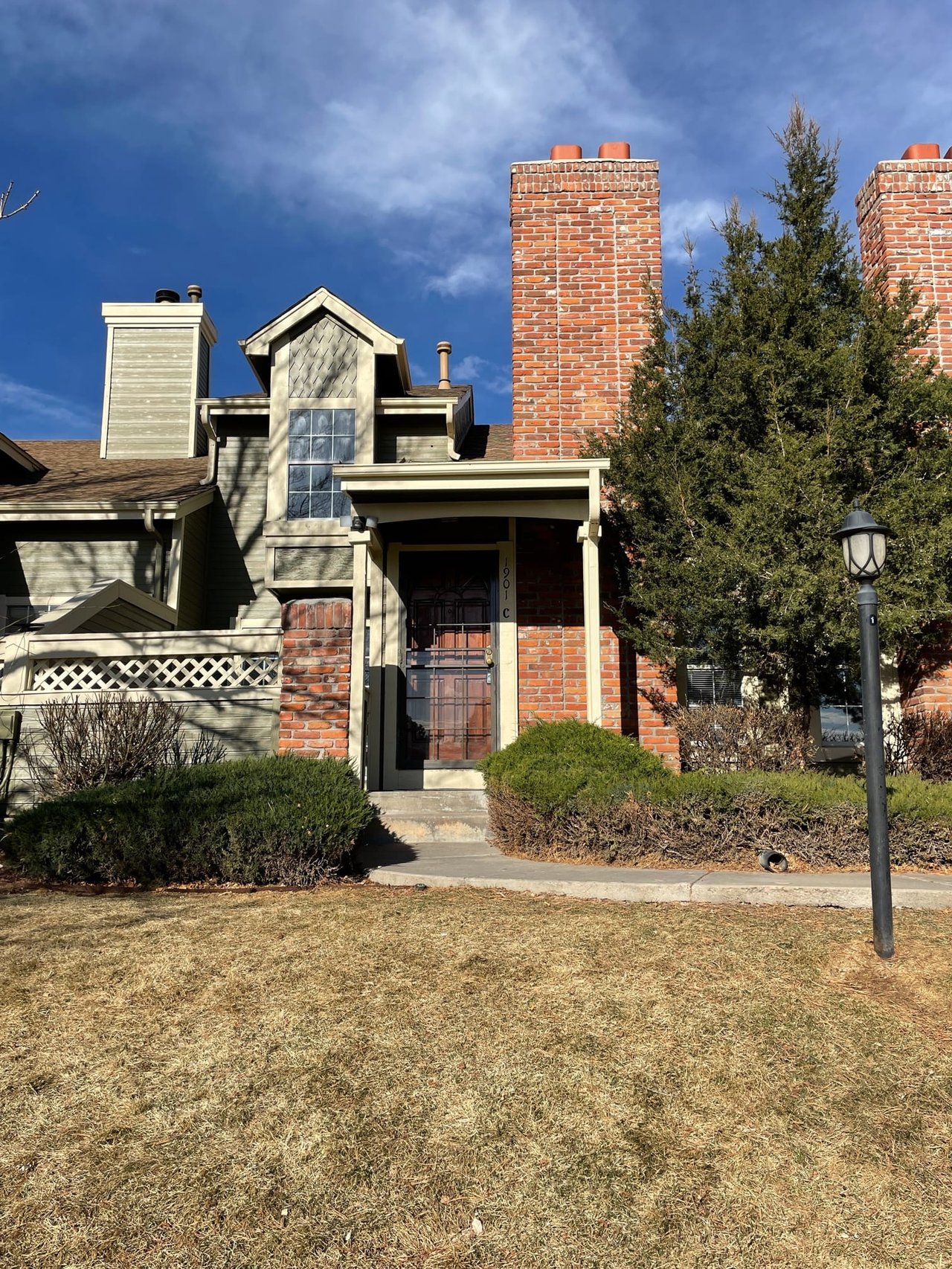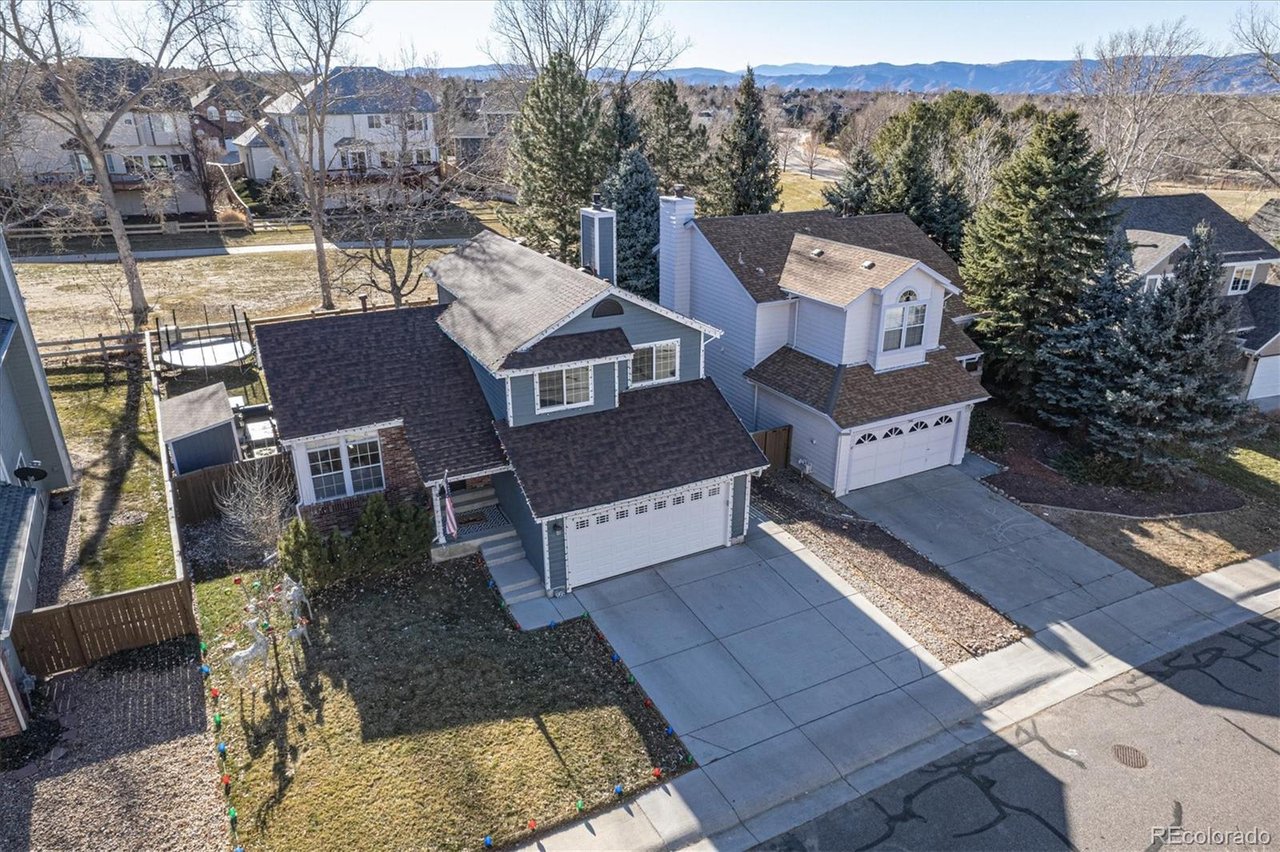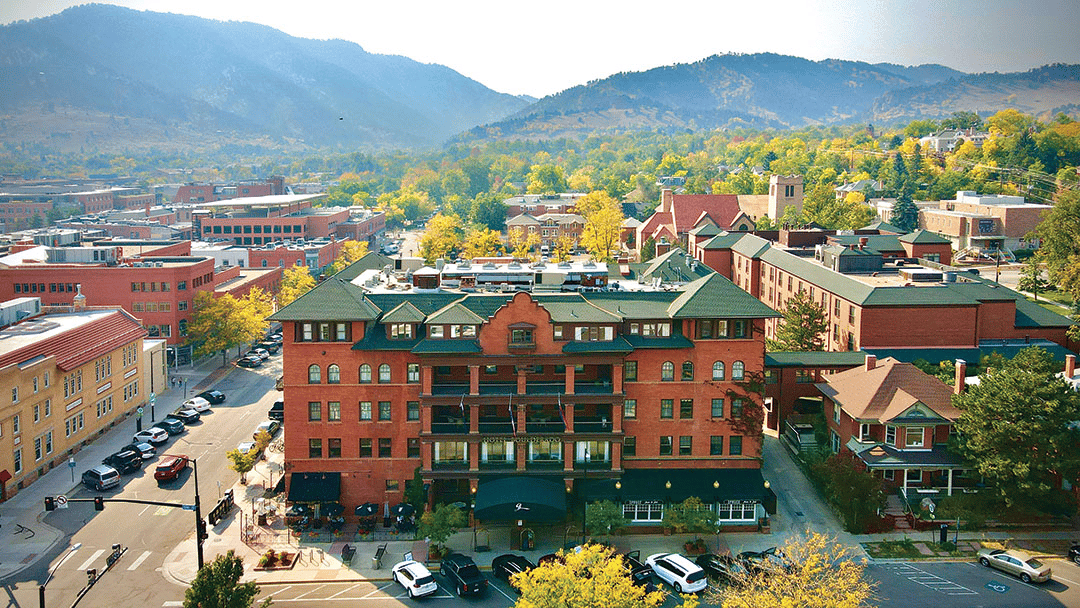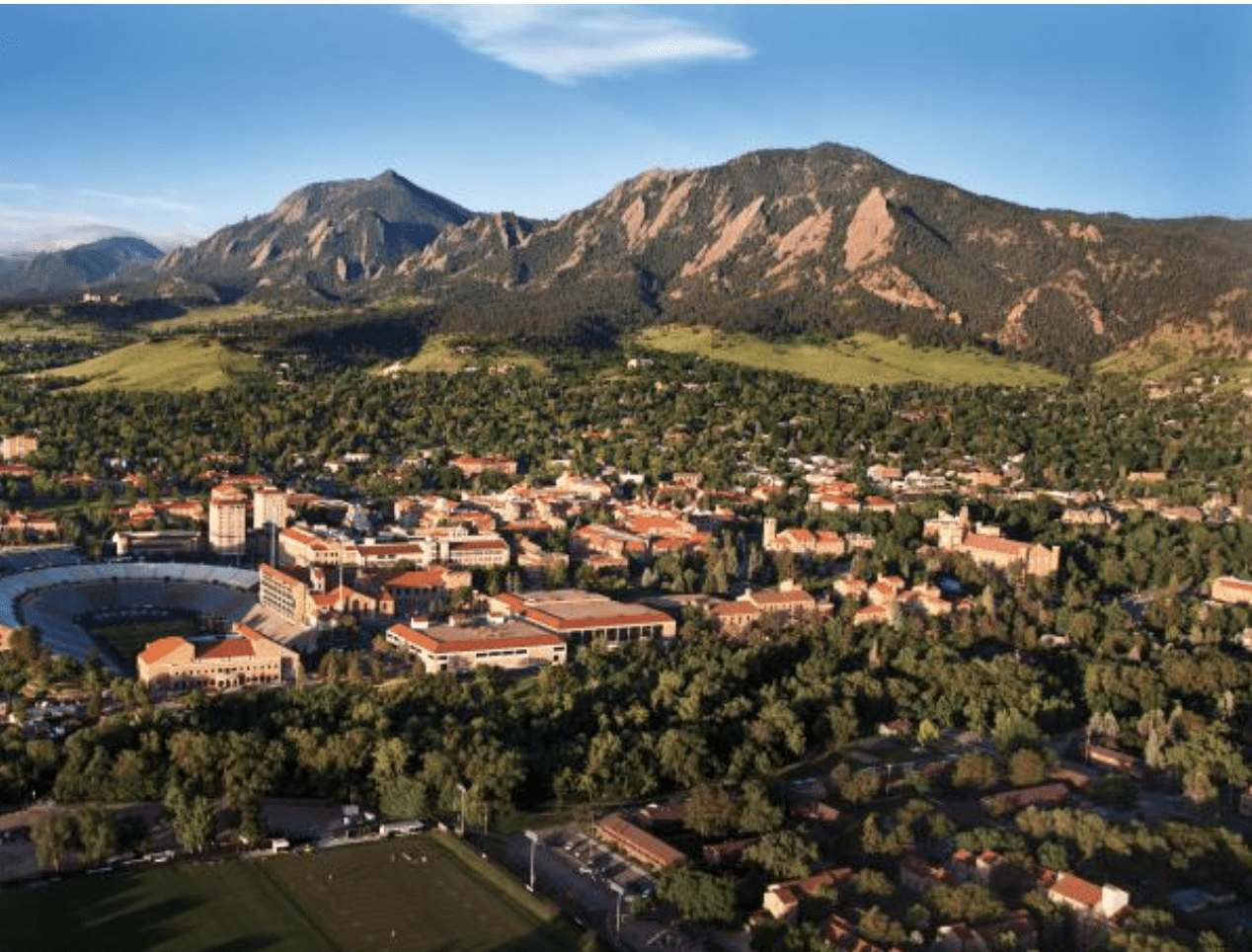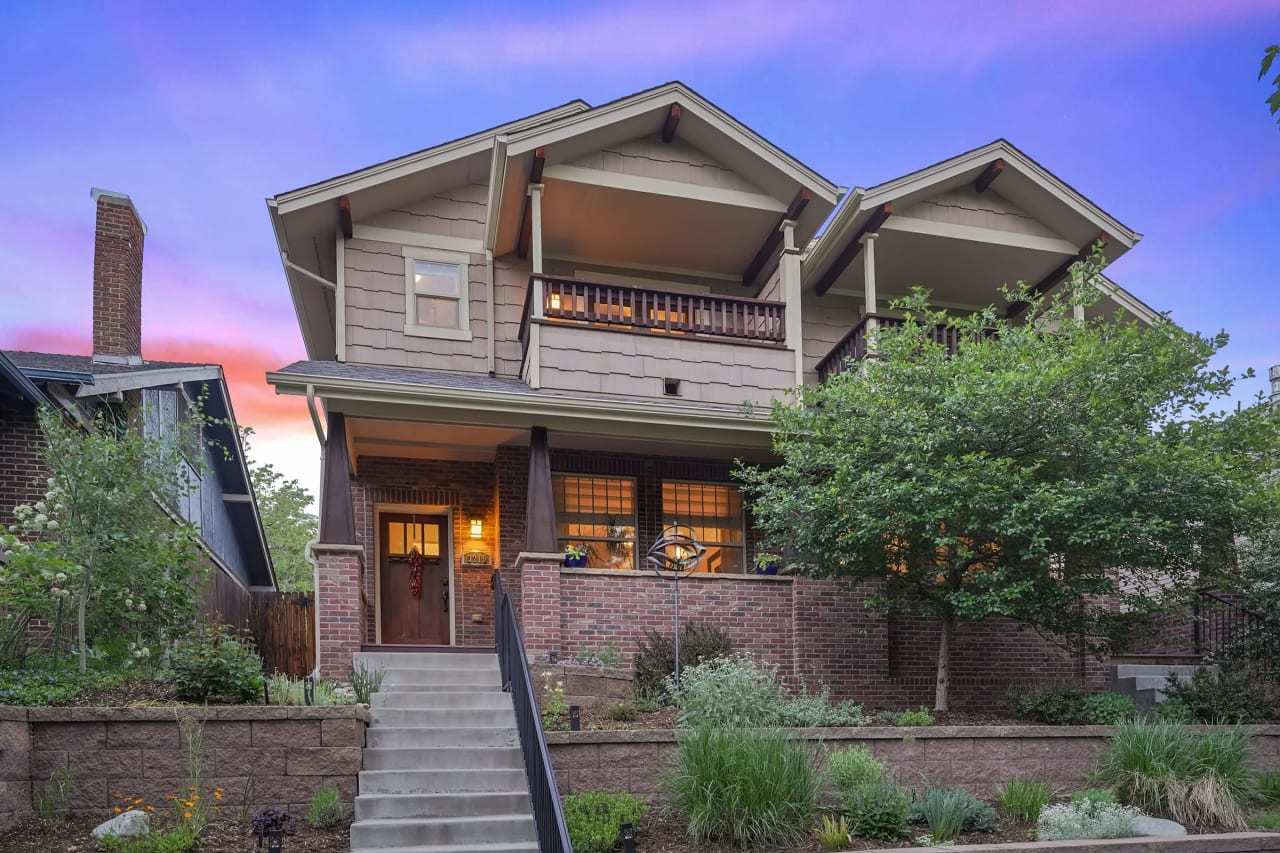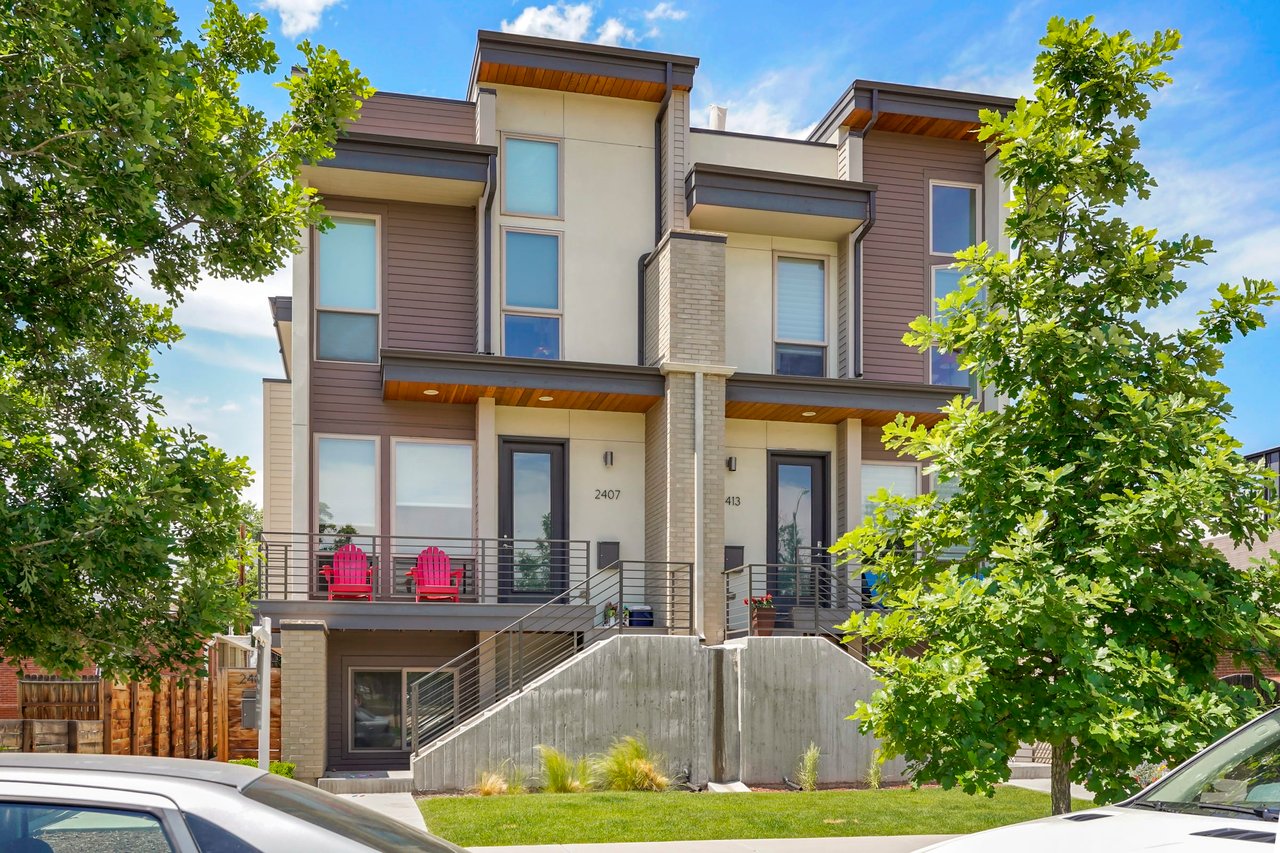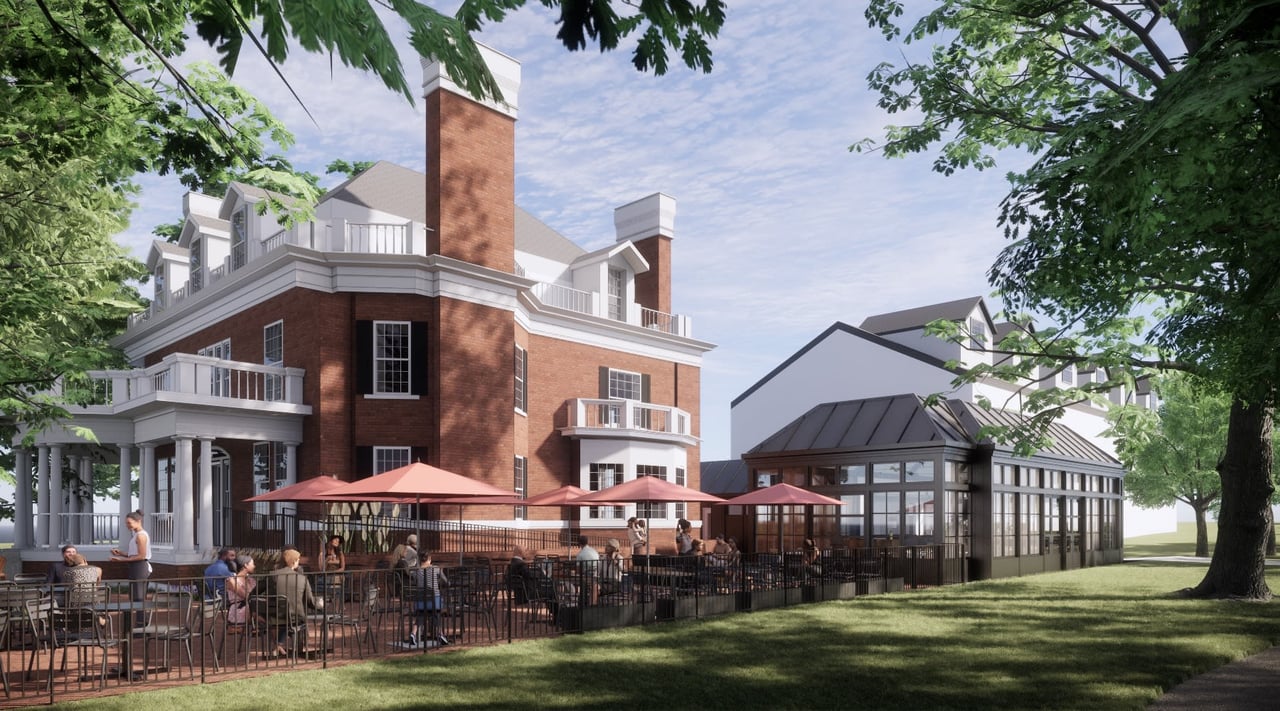With neighborhood associations and residents both opposing and supporting the St. Anthony’s Hospital site redevelopment, it appears that a final plan has been set and construction will begin with an effort to keep resident disruption to a minimum.
A decision by three key Denver department heads could help pave the way for one or two buildings as tall as 20 stories to be built on the former St. Anthony’s Hospital site by Sloan’s Lake. The city’s Development Review Committee on Tuesday unanimously agreed to approve the General Development Plan that would allow up to 20 story buildings along West 17th Avenue, across from Sloan’s Lake, the largest lake in Denver.
The GDP is now in place; neither Mayor Michael B. Hancock nor the City Council will consider it. The City Council, however, would need to approve any zoning change that would allow a 20-story building to be developed. “I think this is an important milestone,” said Councilwoman Susan Shepherd, who represents District 1, which includes the 24-acre site, one of the biggest ongoing developments in Denver.
West 17th Avenue Streetscape.
Rocky Piro, executive director of Community and Planning and Development, and one of the members of the committee, on Wednesday, said he and the other two members were well aware that about 700 people had signed a petition opposing the current GDP. The other two members are Lauri Dannemiller and Jose E. Cornejo, executive directors of Denver Parks and Recreation and Public Works, respectively. Piro said the committee considered the opposition’s viewpoint “very seriously,” but noted the plan has divided the area, with some registered neighborhood groups in favor and others opposing it.
He attended the Planning Board meeting last month, in which dozens of people opposed it as being too dense and with too tall of buildings, while others said the plan would bring needed economic relief to a forlorn area that lacks such things as good restaurants, a hotel and a movie theater. Besides the potential height of the buildings some people said the GDP does not require enough open space. That is because the 10 percent open space requirement for the 24-acre site is based on the net size and not the gross size of the 24-acre parcel.
Asked if he thought it was a “good plan,” he said he tries not to make “qualitative judgments.” However, later in the interview he elaborated on that question. “You asked if I thought this was ‘good’ and I do think a lot of good things can happen because the GDP is in place,” Piro said. “We see this as really helping to catalyze the redevelopment and reinvestment along West Colfax. The GDP also helps “provide the development needed to support the investment made in transportation at the light rail station two blocks to the south of the site.” “We’re really excited about it,” Piro said.
Raleigh Streetscape.
Chad Reischl, co-president of the West Colfax Neighborhood Association, or WeCAN, also is excited that the development process is moving forward. “This is going to bring a lot of positives to the area,” said Reischl, who lives three blocks from the project and is an urban planner by education. “It’s going to create a nice little walkable neighborhood.” He said he and his group like to look at the positives, while he said some other neighborhood groups and opponents “look at negative externalities that in my opinion may or may not happen.”
With as many as 1,750 new homes on the site, there may be more traffic, he said. “So it might take me another 30 seconds to get to Target,” across Sheridan Boulevard in Edgewater, he said. “I’m willing to sit in my car for another 30 seconds in exchange for great new restaurants and coffee shops and grocery stores that I can walk to.”
Opponents, he said, have been “focusing on the fact that we might end up with one or two buildings that are taller than what we are accustomed to. Again, we prefer to focus on all the positives than the possibility of some negatives.”
A drawing of what the West 16th Avenue Plaza at St. Anthony’s could look like.
On Wednesday, Ambrose described the former St. Anthony’s site as a “huge empty lot and, when EFG gets done with it, it will be a mostly huge subdivision with empty 40 foot wide streets. And, if it ever gets developed in our lifetime based on the existing GDP it will be a massive, complex of overly tall, densely packed buildings and tiny open spaces with a FAR (floor area ratio) of eight to nine.” He said he believes the “vast majority” of people in Northwest Denver “see the obvious folly,” with the current GDP, noting that almost 700 signatures have been collected on an online petition opposing it. “If there were not discerning people like me and the hundreds of others who have questioned this, scams and corruption would run amuck everywhere, all the time,” Ambrose added. “In this particular case, they have….so far.”
Kevin Neimond, president of the West Highland Neighborhood Association, said he is not surprised that the DRC “approved a plan that leaves the door open to construct 20 story buildings on the site.” The WHNA voted against the current GDP and suggested a different plan with a maximum height of eight stories. “I had hoped that the committee would consider the well-reasoned requests made by the Sloan’s Lake Neighborhood Association and the West Highland Neighborhood Association to increase open space, decrease the allowable building height closest to the lake, and build up to eight stories in the interior of the development away from the park and single family homes,” Neimond said. While it is within the committee’s purview to approve the Planning Board’s recommendation, he said that does not change the opinion of the WHNA.
Preliminary plan for the former St. Anthony’s campus by Sloan’s Lake.
A look at possible heights as the St. Anthony’s is developed over many years.
As both sides have strong opinions and valid points for the redevelopment’s positives and negatives, it’s good to see the final plan has been set and that the West Colfax area and Sloans Lake area will be seeing economic positives from this redevelopment plan. I recognize the potential loss of the huge open space that many Sloans Lake residents have come to recognize as their favorite attribute of the neighborhood. I hope that the city will continue to keep the resident’s at heart and develop a site that makes the draw to this new development something that will be overwhelmingly desirable to the residents.
Source & to read the full article: http://insiderealestatenews.com/2014/01/15/st-anthony-development-plan-approved/






